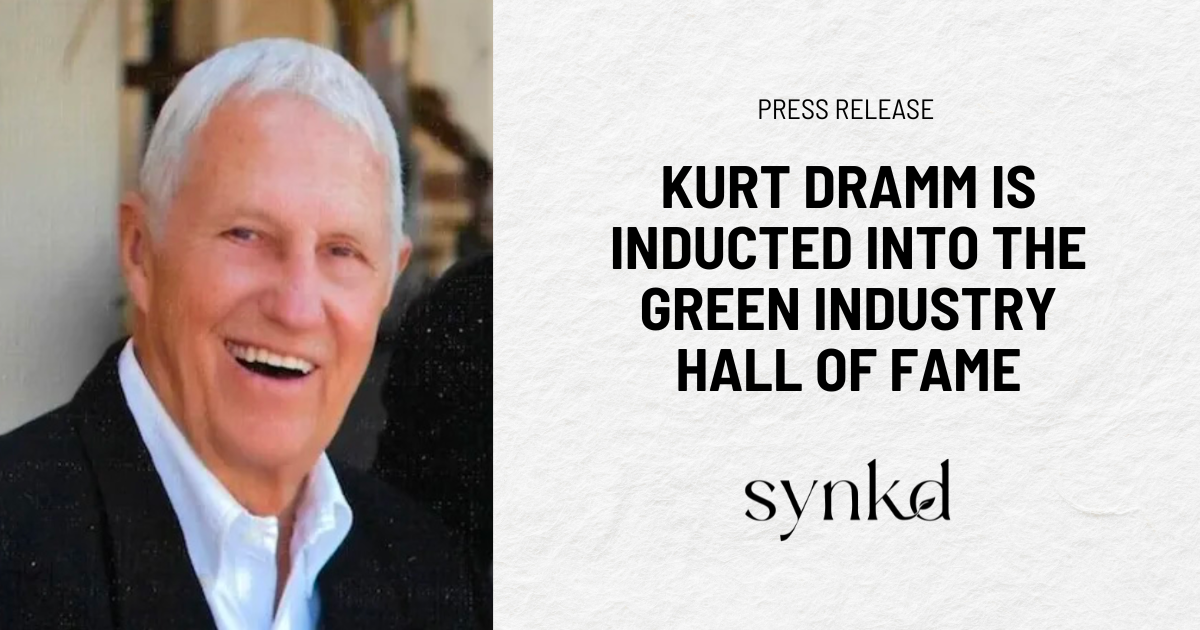Work IQ Tools’ IQ Vise System™
Work IQ Tools’ IQ Vise System™ Named Finalist for Best of IBS™ AwardsFebruary 2025 – Work IQ Tools® is proud to announce that its groundbreaking IQ...
Deborah Cole Asks Why the Landscaping Industry
is Slow to Incorporate Technology
Do you feel that within your business you are a classic early adopter drowning in a sea of laggards? The terms "early adopter" and “laggard” come from a book by Everett M. Rogers, titled, Diffusion of Innovations (1962) in which he discusses the five types of adopter stages for new and innovative products or changes. As leaders we know we are tasked with uncovering, implementing and supporting change.
Many who own and/or lead within companies in the green industry wear the badge early adopter with pride. We may be the first to include cutting edge technology in our back-office operations, record keeping, efficiency and operations. We are the ones who prowl the industry trade show floors looking for the newest and best of new products and services. We are early adopters and proud of it. We purchase clever products and begin to implement the new and improved frequently finding that we are met with skepticism, anger and even mutiny by the staff. Why, oh why, can’t they “get it”? Why can’t we all be excited by the latest and greatest gizmo or technology when knowing all along it will make our businesses more profitable and life SO MUCH BETTER?
Change is what we must embrace to move our businesses along the path of growth and success. Fleet tracking, Roomba-style mowers, landscape design software, back-office software, battery powered equipment, job site reporting, new chemicals and plant materials are only a few of the innovations in the current business model with many more to come. Change is a part of our everyday life.

The truth of this conundrum is that we all resist new and improved (aka change) in one way or another because of fear. But why should we fear improvement? Why did people resent the automobile when the horse drawn wagon had worked well for centuries? Is there some reason that some people embrace change and others don’t? Understanding the basis for the fear of change and finding understanding and empathy for those who fear it most will help us in growing our businesses and coaching along those who don’t share our enthusiasm for all things new and shiny.
Fear of change comes from fear of the unknown. Humans are hardwired to fear danger and anything new. Early man was always on the alert for the next catastrophe or predator and sameness gave him/her peace of mind and ease. Safety and security are basic human needs and change (of any type) challenges this. Does a new piece of equipment challenge our safety? No. Does a new reporting device such as a tablet threaten our security? No. But change and anything new sets our early-man brains to reeling with red flags and warning signals. Danger, danger. As leaders and often early adopters, we know better, so how do we bring others along?
Most fears stem from a lack of information. The fear of the unknown can make us fear the worst. We know that the main purpose of change is to improve business, humanity and the life in our society and we must convey that to others we wish to bring along with us.
Training, support, mentoring, monitoring and repeating this process as many times as necessary are key to supporting our teams through change. Patience as well as understanding that there is fear behind change plus infinite amounts of training are key to turning everyone into a raving fan of all things new and improved.
Deborah Cole is the founder of a commercial landscape rm with multiple locations throughout Texas. She now devotes herself full-time to photography, writing, marketing and training.
deborahcoleconnections.com

Work IQ Tools’ IQ Vise System™ Named Finalist for Best of IBS™ AwardsFebruary 2025 – Work IQ Tools® is proud to announce that its groundbreaking IQ...

Manitowoc, Wisconsin- The Green Industry Hall of Fame inducted Kurt Dramm with A Lifetime Achievement Award during the 2023 ceremony. His name will...